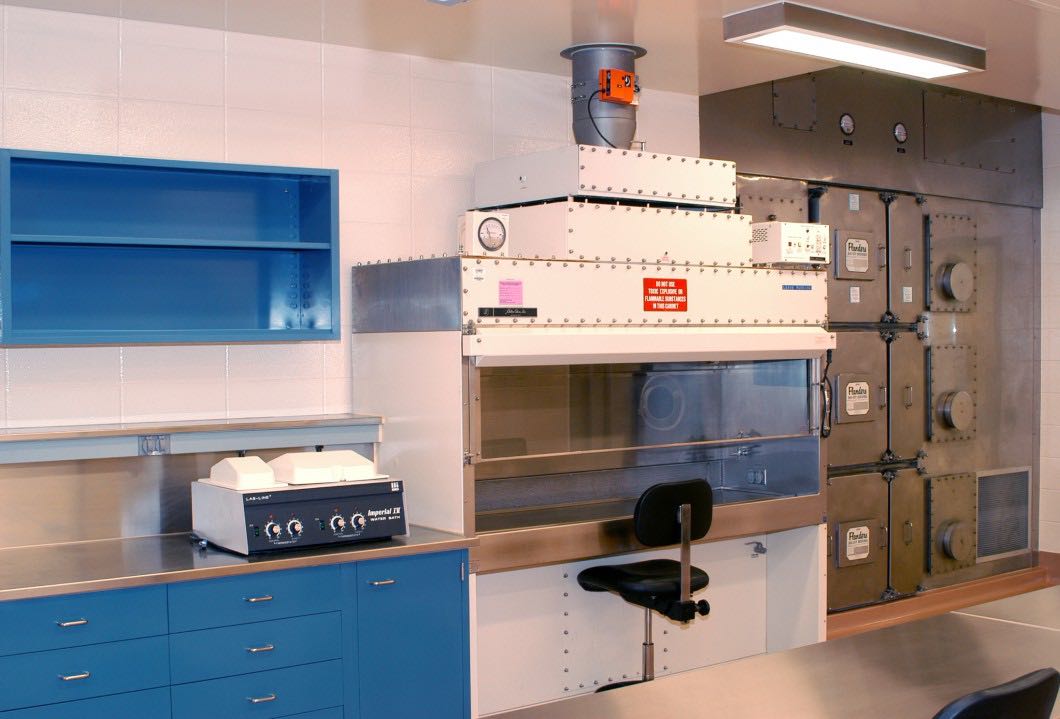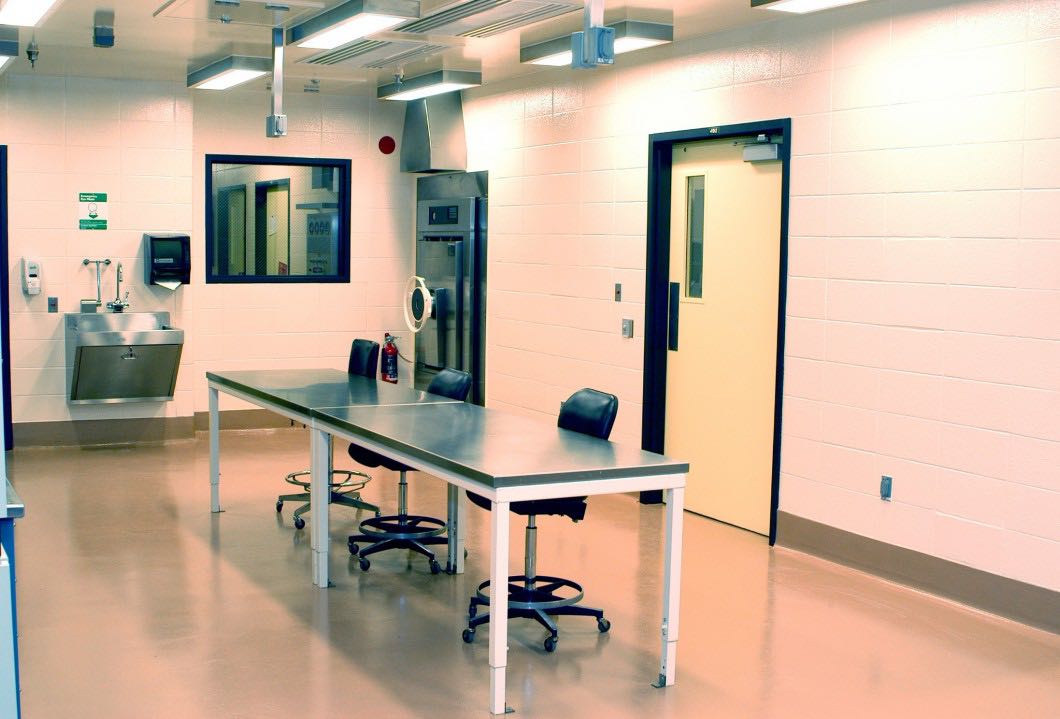Project Overview
Services Provided
- Design-Build.
Location
The Austin Company completed an important renovation project for Pfizer in downtown Kalamazoo, Michigan. Pfizer required specialized laboratory space to perform drug research relating to the Hepatitis C virus (HCV). The project included updating a vacated laboratory to current Biosafety Level 3 (BSL-3) Criteria of the National Institutes of Health and the Centers for Disease Control and Prevention. The Austin Company provided planning, architecture, engineering and construction services.
Due to the nature of the research to be performed in the laboratory suite, the importance of maintaining viral isolation was paramount. Environmental, health and safety considerations of laboratory users and protection of surrounding areas were critical. Engineering to maintain constant-volume airflow via airlocks and airflow redundancy, a HEPA filter system and emergency containment areas were incorporated into the plan. After reviewing current SOPs and determining they were acceptable, it was agreed to keep the high level containment at the source for this isolated suite of rooms. The HEPA bank is located at the suite. Adjacent rooms were redesigned as maintenance rooms, allowing Pfizer personnel to service most equipment, such as the autoclave, building controls, and air-handling equipment, without entering the laboratory containment area.
In addition to comprehensive systems engineering, significant consideration was given during design to provide durable and cleanable surfaces in all areas. Stainless steel and epoxy finishes were incorporated into the design criteria. All electrical devices were designed to be waterproof to allow for wash-down.
After delivering design and engineering services, The Austin Company managed the construction of the project. Austin managed an orderly demolition and construction process to minimize disruption to adjacent laboratories. Sealed dust barriers, carefully scheduled HVAC shutdowns and systematic utility coordination were vital components of this successful project. Interactive pre-construction planning and regular meetings during construction included the end-user and facility maintenance personnel. Proactive communication kept the project team informed and allowed assurance that ongoing research programs were not disturbed.

